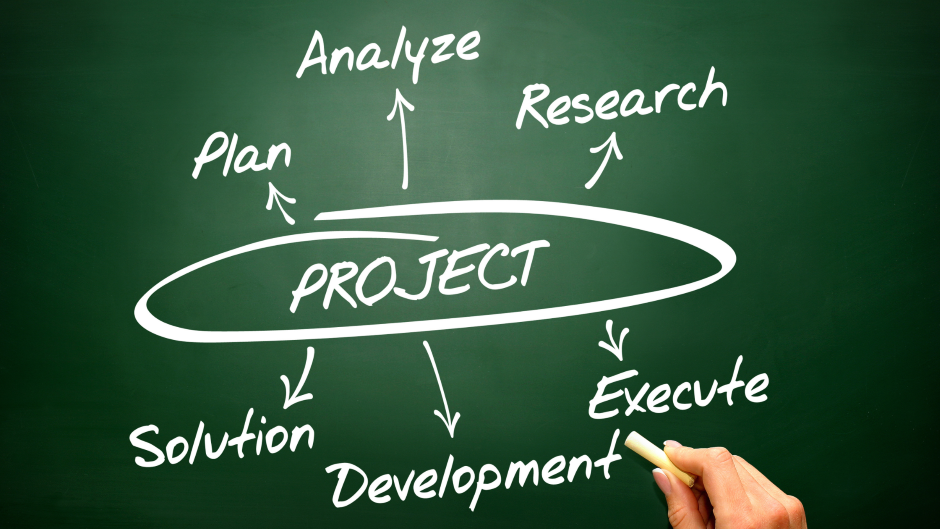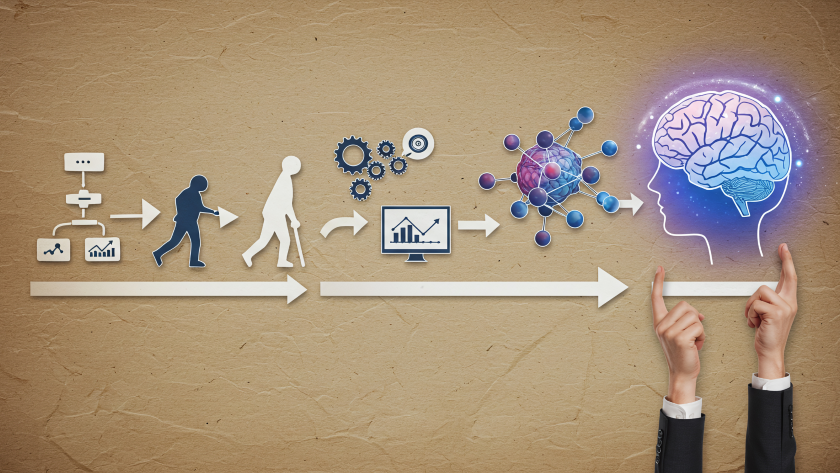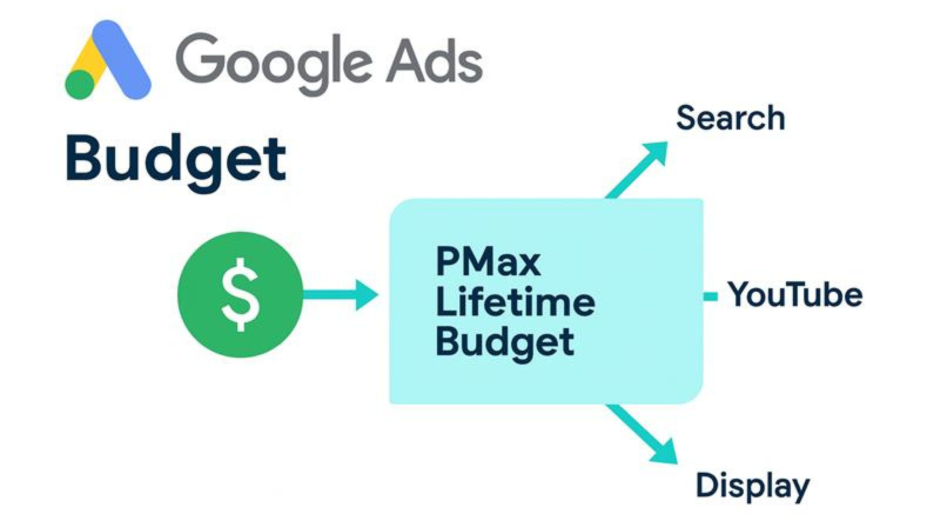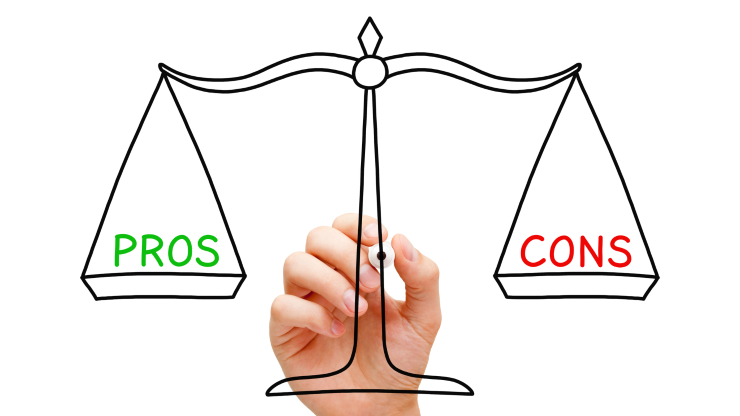
Did you know that the average staff member wastes up to 40 minutes a day trying to locate information across various apps? It’s a hidden drain on productivity that adds up to nearly five working weeks per year. To stay ahead in this competitive market, agencies need tools that cut through the noise and keep every team member aligned.
In this blog, we’ll share with you the tools that our agency uses on the day-to-day to ensure and improve our productivity.
Workflow Overview
Before we dive into the tools, we must first understand a typical project lifecycle. The following is a simplified flow of a typical project lifecycle:
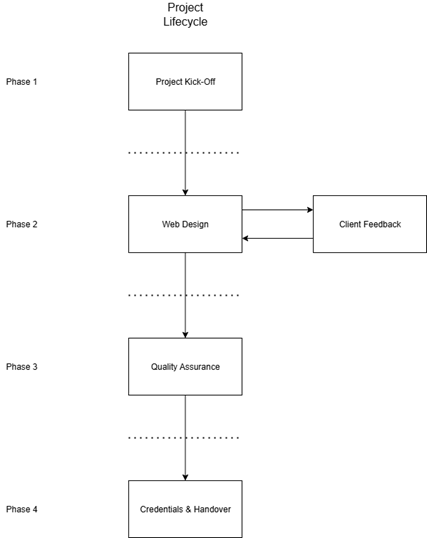
Phase 1: Project Kickoff
This phase sets the foundation by aligning all stakeholders on goals, scope and success criteria before any work begins. It establishes clear roles, timelines and documentation so the team moves forward with shared understanding and access to all required assets.
Here’s what kicks off a project:
- Stakeholder alignment: Workshop or briefing session to capture objectives, scope and success metrics.
- Planning and resourcing: Define deliverables, timelines and roles.
- Documentation: Create a creative brief, style guide and sitemap (for web projects).
Once the stakeholders are aligned and the deliverables are defined, we move on to the following phases for the design iteration.
Phase 2: Web Design & Feedback
In this phase, the visual and interaction concepts come to life through wireframes, mockups and prototypes. Regular feedback loops ensure designs evolve to meet stakeholder expectations and gain final sign-off before development begins
These are the core design & feedback activities:
- Concept development: Produce wireframes, mood boards or prototypes.
- Iterative reviews: Share mockups with stakeholders for feedback. Followed by conducting change requests and update designs.
- Sign-off: Final approval of layouts, interaction flows and content placement before handoff to development
The finalised wireframes and mockups must be approved before pushing to the next phase for quality assurance.
Phase 3: Quality Assurance
Quality Assurance confirms that the delivered work functions correctly, matches the approved design and meets accessibility and performance standards. Rigorous testing and bug tracking ensure a stable, user-friendly product launch.
Quality assurance covers these critical tasks:
- Functional testing: Verify links, forms, scripts and integrations work as intended across devices and browsers.
- Visual testing: Check typography, spacing, colour and responsive breakpoints match approved designs.
- Accessibility and performance: Run audits for alt text, keyboard navigation and page-load speed.
- Bug logging and retesting: Identify defects, assign fixes, and confirm resolutions
The testing and bug fixing should be cleared before the handover process can be done.
Phase 4: Handover
The handover phase packages all final assets, provides necessary documentation and transfers credentials for a seamless transition. Ongoing launch support and a post-mortem review close out the project and capture learnings for future work.
The handover stage includes these essential steps:
- Asset packaging: Compile final HTML/CSS/JS, image exports and design source files.
- Documentation and training: Provide style sheets, CMS guides or admin walkthroughs.
- Credentials transfer: Share hosting, analytics and third-party login details.
- Launch support: Monitor go-live, respond to post-launch issues and prepare a post-mortem report.
With all assets delivered, documentation provided, credentials transferred and launch support in place, the project is officially complete
Tools and How They Fit In The Lifecycle
With the four phases of our project lifecycle clearly mapped out, let’s explore the four productivity tools we lean on every day. Each one slots into one or more phases to keep communication flowing, tasks on track, designs iterating smoothly and documentation organised.
The following table shows four tools and where they fit:
| Tool | Primary Function | Phases |
| Asana | Task and project management | 1, 2, 3, 4 |
| BugHerd | Visual bug reporting on live or staging | 3 |
| Pixel Perfect | Overlay design comps on built pages | 2, 3 |
| LastPass | Secure password and credential sharing | 1, 4 |
Tool 1: Asana
Asana’s centralised task management and visual timelines empower agencies to maintain clarity around responsibilities, deadlines and progress. Through bringing every task, file and conversation into one place, teams waste less time hunting for updates and more time delivering quality work.
In practice, we deploy Asana to streamline tasks in the following phases:
- Phase 1: Set up the project board with milestones, deliverables and assigned roles.
- Phase 2: Break down design tasks, attach mockup links and track feedback deadlines.
- Phase 3: Manage QA workflows
- Phase 4: Use a handover checklist to confirm asset packaging, documentation and credential transfer.
In our experience, Asana has cut our internal status-update emails by roughly 60% and boosted project predictability.
Tool 2: BugHerd
BugHerd transforms bug reporting by letting stakeholders click anywhere on a page to pinpoint issues, complete with screenshots, annotations and browser context. This direct feedback loop bridges the gap between design, development and QA, making fixes faster and more accurate.
To catch and assign bugs efficiently, we rely on BugHerd in the following phase:
- Phase 3: Embed BugHerd on your staging site to capture contextual bug reports with screenshots and browser details.
Since adopting BugHerd, our bug-to-fix cycle time improved drastically and reduced the headaches of identifying problematic elements.
Tool 3: Pixel Perfect
Pixel Perfect overlays design comps on live or prototype builds, enabling pixel-by-pixel comparison and ensuring visual fidelity without manual measuring. This tool eliminates misinterpretations and accelerates both design reviews and final QA sign-off.
Our visual QA process leverages Pixel Perfect to:
- Phase 2: Overlay design files on wireframes or prototypes to catch alignment and spacing errors early.
- Phase 3: Validate that developed pages match approved designs before sign-off.
After introducing Pixel Perfect, our visual QA reviews now wrap up in under an hour instead of a full day.
Tool 4: Last Pass
LastPass secures and shares credentials in an encrypted vault, simplifying access management for agencies and clients. Through centralising sensitive logins, we eliminate insecure password exchanges and streamline onboarding for both internal team members and external stakeholders.
For secure credential handling, LastPass is utilised as follows:
- Phase 1: Store shared tool logins and stakeholder access credentials in a secure team vault.
- Phase 4: Transfer client credentials and administrative access smoothly at project close without exposing plain-text passwords.
With LastPass, we’ve reduced credential-related support tickets significantly and can onboard new hires in minutes.
Overall Benefits for Your Agency
Additionally by integrating Asana, BugHerd, Pixel Perfect and LastPass across your project lifecycle, you streamline collaboration, eliminate redundant hand-offs and slash the time wasted on chasing updates or passwords.
These tools work in concert to keep everyone aligned, cut through the noise of multiple apps and accelerate every phase from kickoff to launch.
Key advantages include:
- Reduced context-switching: One platform for tasks, one for bugs, one for visual QA and one for credentials cuts app-hopping and keeps focus sharp.
- Faster feedback loops: Direct in-browser bug reporting and live design overlays mean issues get flagged and fixed in hours, not days.
- Enhanced accountability: Centralised task boards and clear ownership in Asana ensure nothing slips through the cracks.
- Improved design fidelity: Pixel-perfect comparisons catch visual drift early, preserving brand consistency and reducing rework.
- Secure credential management: LastPass eliminates insecure password sharing and speeds up onboarding or handover without compromising security.
- Quantifiable time savings: Teams recover nearly an hour per day by avoiding email chains and manual cross-checking.
In our agency’s experience, this toolset has boosted project predictability by 40%, halved our bug-fix cycle and cut credential-related support tickets significantly.
Your next steps
Putting these four tools into practice will reshape your agency’s workflow, reclaim hours each week and deliver smoother, faster projects.
As a white label agency, we specialise in deploying management tools to build seamless, end-to-end workflows
Let’s transform your operations and give your team the tools they actually need. Reach out today and let’s streamline your agency together.
Related Articles
Why Choose Us?
With decades of experience and a dedicated team, we are committed to delivering high-quality web development services. Our client-centric approach ensures that we understand your needs and provide solutions that exceed your expectations.



